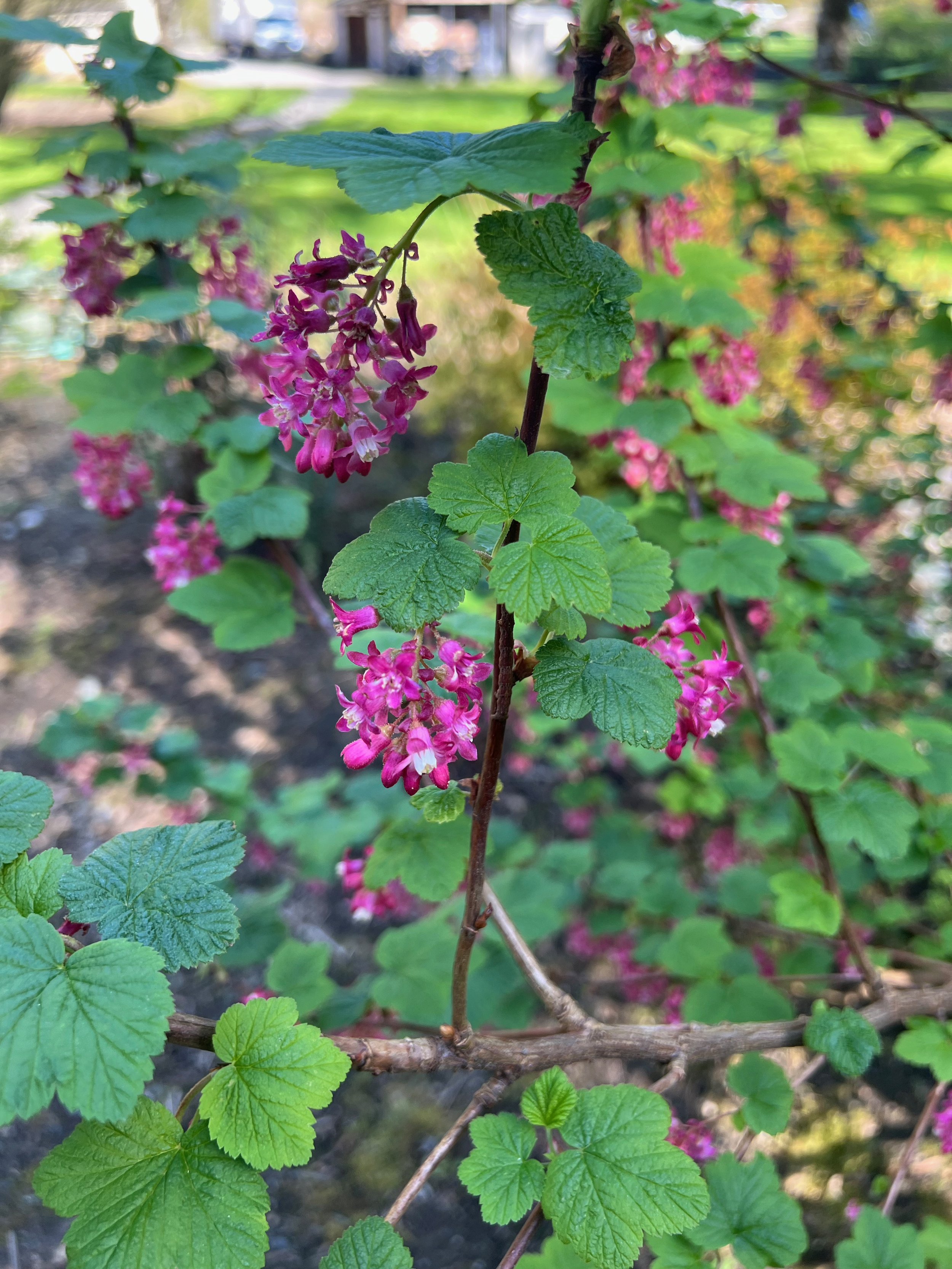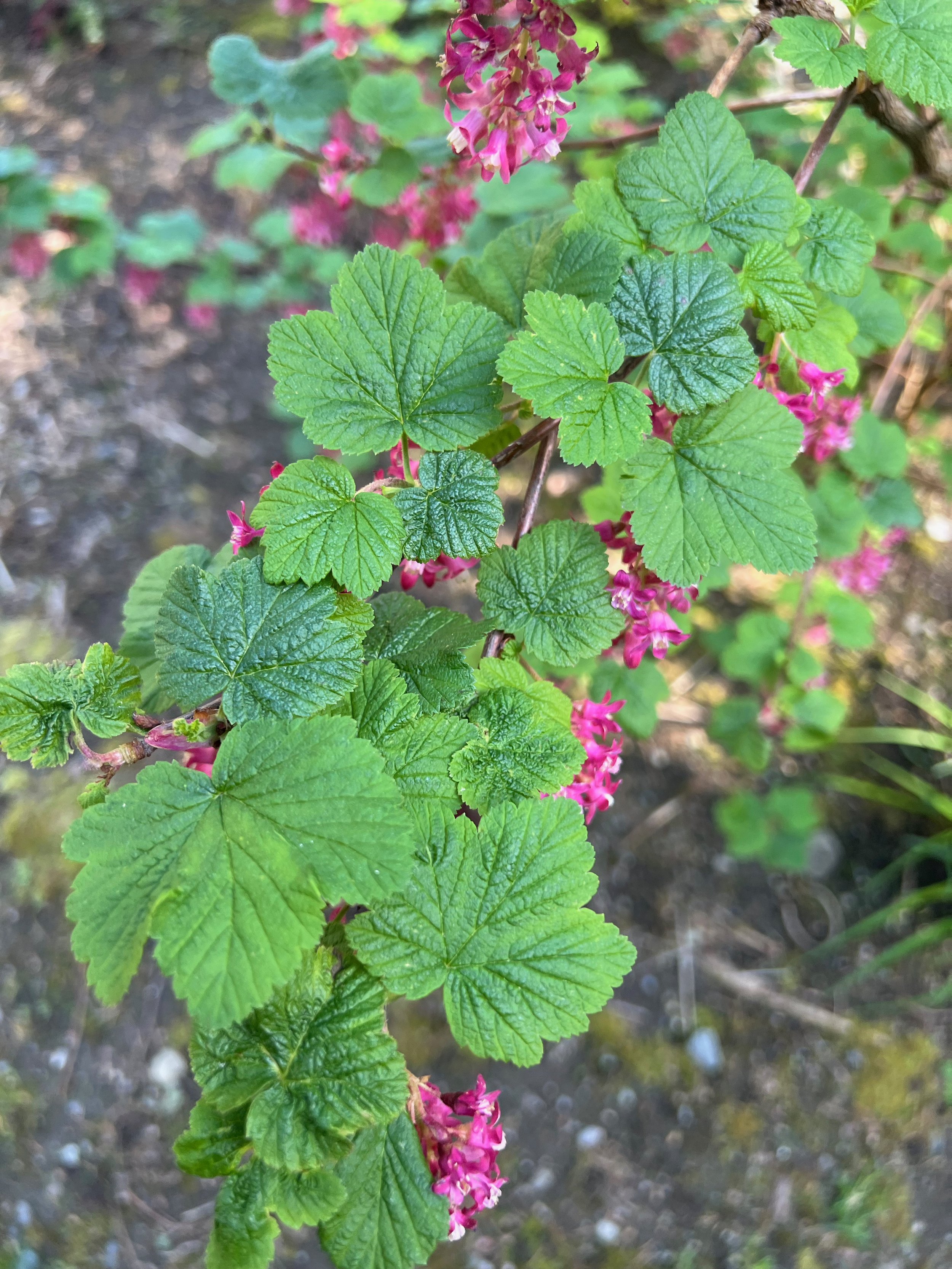The Magnificent Ribes sanguineum: Origins, Growth Habits, and Landscape Use



Ribes sanguineum, commonly known as the flowering currant or red-flowering currant, is a stunning deciduous shrub that provides eye-catching color and interest to gardens and landscapes. This versatile and hardy plant is native to the western United States and Canada, and it has become a popular choice for gardeners and landscapers alike. This comprehensive guide will explore the origin and range of Ribes sanguineum, including its growth habits, foliage, flowers, seeds, fruits, native range, hardiness zones, sun exposure, landscape use, and disease and pest resistance.
Growth Habit
Ribes sanguineum is a multi-stemmed, deciduous shrub with an upright, spreading growth habit. It typically reaches a height of 6-10 feet (1.8-3 meters) and a width of 5-7 feet (1.5-2.1 meters) when fully mature. The plant's arching branches create an open, irregular crown that adds visual interest to the landscape.
Foliage
The foliage of Ribes sanguineum is deciduous, meaning it sheds its leaves seasonally, typically in autumn. The leaves are arranged in an alternate pattern along the stems, and they are palmately lobed, with each leaf divided into three to five rounded lobes. The leaves are medium to dark green, sometimes with a bluish tint, and they can grow up to 3 inches (7.6 cm) long and wide. In the fall, the foliage turns an attractive yellow or red color before dropping from the plant.
Flowers, Seeds, Fruits, and Cones
Ribes sanguineum is best known for its showy, tubular flowers that appear in spring. The flowers are typically a deep red or pink, although there are cultivars with white or light pink flowers. They grow in drooping clusters, known as racemes, up to 6 inches (15 cm) long. The flowers are followed by small, edible, blue-black berries that are not flavorful.
Native Range
The red-flowering currant is native to the western United States, particularly in California, Oregon, Washington, and Idaho, as well as in British Columbia, Canada. It can be found in various habitats, including forests, woodlands, and coastal scrublands.
Hardiness Zones
Ribes sanguineum is a hardy plant that can tolerate a wide range of climates. It is suitable for growth in USDA hardiness zones 5 through 9, which means it can withstand winter temperatures down to -20°F (-29°C).
Sun Exposure
This versatile shrub can adapt to various sun exposures. It thrives in full sun to partial shade but produces the most abundant and vibrant flowers when grown in full sun. In hotter climates, it may benefit from afternoon shade to prevent scorching.
Landscape Use
The flowering currant is an excellent choice for a variety of landscape uses, including:
Specimen planting: Its striking flowers make it an attractive focal point in gardens and landscapes.
Border planting: Its dense growth habit and seasonal color changes make it suitable for borders and hedges.
Wildlife gardens: The flowers attract pollinators like bees and hummingbirds, while the berries provide a bird food source.
Woodland gardens: Its natural habitat in forests and woodlands make it a great addition to these gardens.
Disease and Pest Resistance
Ribes sanguineum is generally a low-maintenance plant with good disease and pest resistance. However, it can be susceptible to a few issues, such as:
Powdery mildew: This fungal disease can cause a white, powdery coating on the leaves, which can be treated with fungicides or by improving air circulation around the plant.
Aphids: These tiny insects can feed on the plant's sap, causing distorted growth and potentially transmitting plant viruses. Aphid infestations can be managed with insecticidal soaps, neem oil, or by introducing beneficial insects such as ladybugs.
Leaf spot: This fungal disease can cause small, brown spots on the leaves, which can be treated with fungicides and by removing affected foliage.
Ribes sanguineum, or the red-flowering currant, is a beautiful and versatile shrub that offers stunning spring flowers, attractive foliage, and a range of landscape uses. Its adaptability to various climates, sun exposures, and soil types makes it a popular choice for gardeners and landscapers. By understanding its growth habits, native range, and potential issues, you can successfully incorporate this stunning shrub into your garden or landscape design. So, consider adding Ribes sanguineum to your garden this season and enjoy its spectacular floral display for years.
